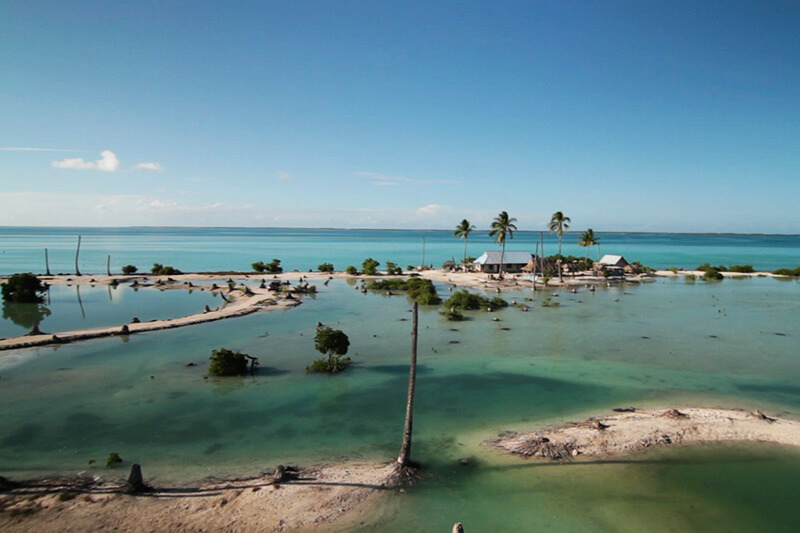
Examination of the amoeba fossils in the researcher’s specimens may help to clarify why, bulging above the head-high marsh grass a couple of hundred feet further back, cedar forest was dead.There are bare trunks of dead coastal forests being discovered up and down the mid-Atlantic coastline. These are destroyed by the advance of the rising seas. The scientists call them “ghost forests” since they offer an eerie sign of some of the world’s fastest rates of rising of sea level.Forests provide habitat and shield against global warming, but they’re dying worldwide because of fires, land clearing, disease and invasive species. The ghost forests make us understand that sea level rise can be yet another reason of deforestation.Climate scientists like Walker, who is a PhD candidate at Rutgers University researching rise in sea level, have started investigating these dead forests, which are becoming typical features along some of the coastal landscapes. Salt is the poison that is killing the tress. It is delivered to their roots by building tides.Walker says that as and when there is a rise in the sea level, you get saltwater intrusion more upstream. She says that the “visual impact” of the dead trees could be helpful for communicating sea level rise to the public.
–
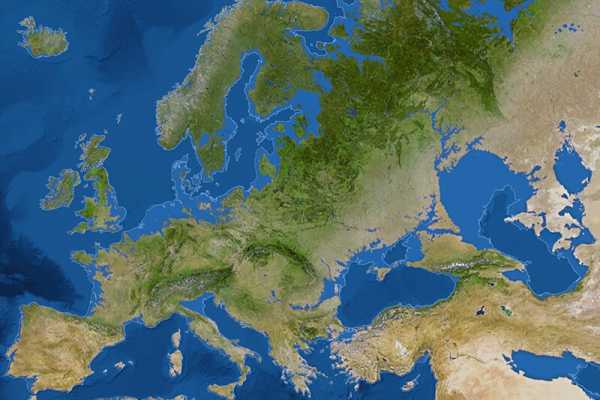
–
As for the evidence of previous environmental tumult, the scientists used stands of dead trees for decades. When swamped in seas and lakes, the dead trees have exposed to experts the details of prehistoric changes in the level of water.Due to the warming effects of greenhouse gas pollution from the fossil fuels and farms, the seas are rising worldwide. Several feet of sea level rise is predicted this century as the speed of climate change accelerates. That rise will submerge infrastructure, ecosystems and homes. Efforts to shift to clean energy, protect forests and revise farming and transportation could kerb the inundations before.When compared to rest of the places, the mid-Atlantic is sinking faster. The Gulf Stream has been slipping northward, introducing warmer water to the region, hastening the rise in sea level. In the meantime, the groundwater pumping and natural geological processes are making the lands sink.
–
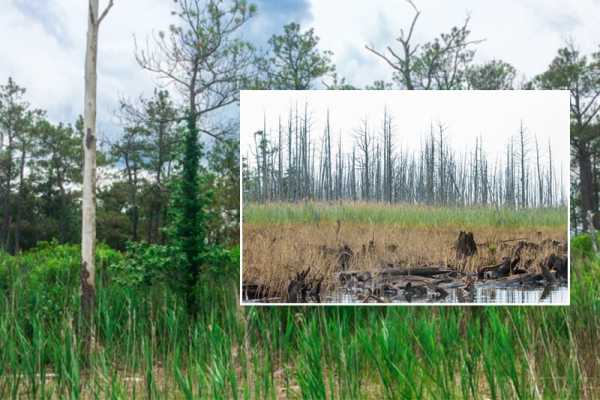
–
Walker is a member of a team that has started investigating the ghost forests adjacent to the estuaries of southern New Jersey, accessing research sites utilising kayaks and trucks.There are similar forest diebacks that have been documented in Louisiana and Canada and also observed in wildlife refuges in Maryland. The botanical corpses sometimes topple during storms, and hence they become crisscrossed logs. They get slowly buried under the muck of marshes. All those marshes can migrate inward as the seas rise.Matt Whitbeck, a biologist at the Blackwater National Wildlife Refuge in Maryland, where rising seas have destroyed several thousand acres of forest since the 1930s, says that those trees die back, and it transforms to a tidal marsh.
–
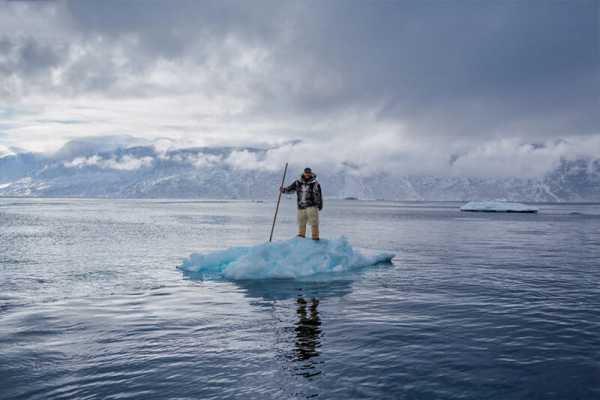
–
Prefatory findings from an investigation by Virginia Institute of Marine Science (VIMS) scientists proposes that 100,000 acres of coastal forest may have died off around the sides of the Chesapeake Bay since the 1850s. Marshland has taken the place of most of the forests, and the former marsh areas are presently open water. In total, the changes are reducing the ability of plants in the area to fight global warming by absorbing the carbon dioxide.
Matt Kirwan, who is a coastal landscape researcher leading the analysis stated that even in his three years of being at VIMS, he has seen that process take place. He explained that they had some extraordinarily high tides in October of last year that destroyed trees off and that new marshes are growing under them as of now.The VIMS research has centred heavily on Goodwin Island, a windswept research site near the mouth of the Chesapeake. The undeveloped island, which is approachable only by boat, contains hundreds of acres of marshes and forests, swarming with tiny crabs and even more minuscule ticks.Kirwan says that at Goodwin Island, they see the process where the forest is being substituted by marsh very clearly. He also mentions that they have maps from the 1850s that point that there was approximately twice as much forest on the island as there is now.The “ghost forests” could be named as a visual evidence of the power of rising seas in refashioning habitats and ecosystems. These ghost forests will be able to reveal the history of the region’s shorelines with the help of mapping and radiocarbon dating efforts prepared by Rutgers, merged with soil sampling and other methods for studying landscapes.
–
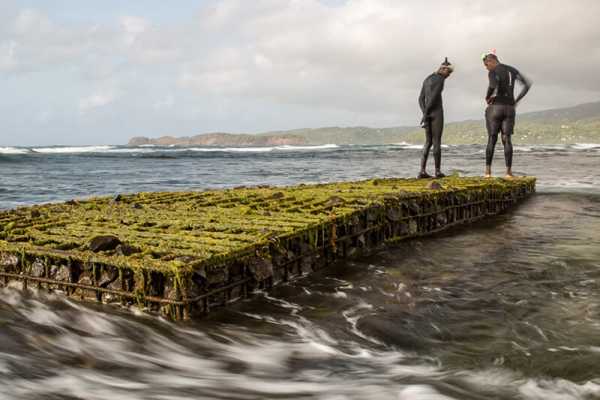
–
Ben Horton, a Rutgers professor who analyses sea level rise, says that they could be very helpful indicators of past sea level variation. He is also Walker’s PhD supervisor. Horton believes that many of the ghost forests of New Jersey that are yet standing died during the preceding century. Sticking out of the mud of riverbanks and rivers are the stumps of trees that may have been destroyed hundreds of years back.Horton says that along much of the Jersey shore you can view these now and that he has seen it throughout Jersey. He also adds that he saw it in North Carolina and Virginia.The forest die-off from the increasing level of seas happened in centuries and millennia past when New Jersey was a real wonderland when forestlands could migrate upland as salty water swept their subterranean toes.However, now, New Jersey’s forests are confined to shifting shores and farmland. Like forests everywhere else, these woodlands protect wildlife and are popular with hikers and hunters. They support to slow global warming by absorbing up carbon dioxide pollution.As the seas continue to swell, they seem confident to keep destroying coastal forests, leaving only the spectres of logs behind. In New Jersey, as everywhere else, that will mean fewer forestland — until and unless humans or nature obtain ways of fostering seedlings in areas currently used for farming.Horton says that all these areas are strengthened up by agriculture and that they want to protect the woodlands; however, they’ve got to have someplace to go.